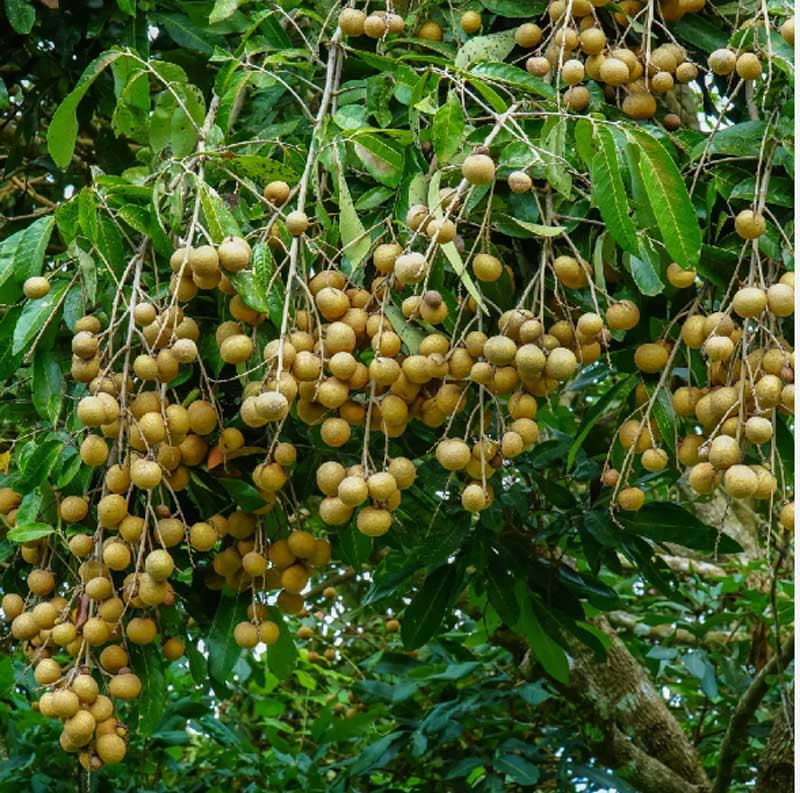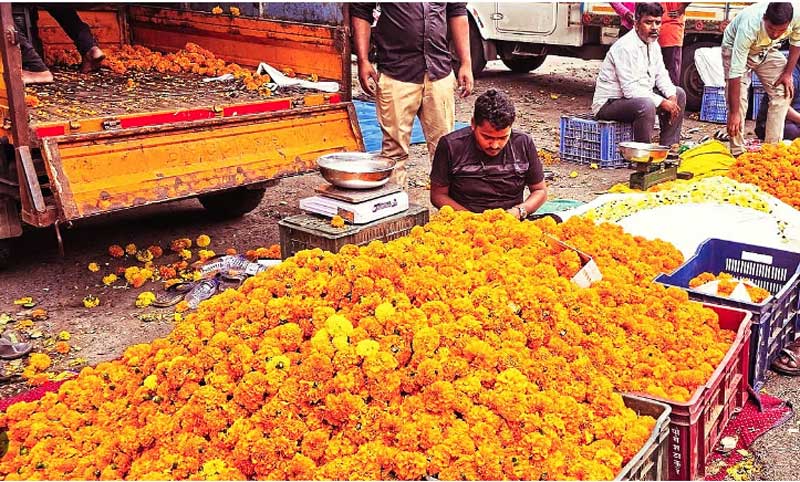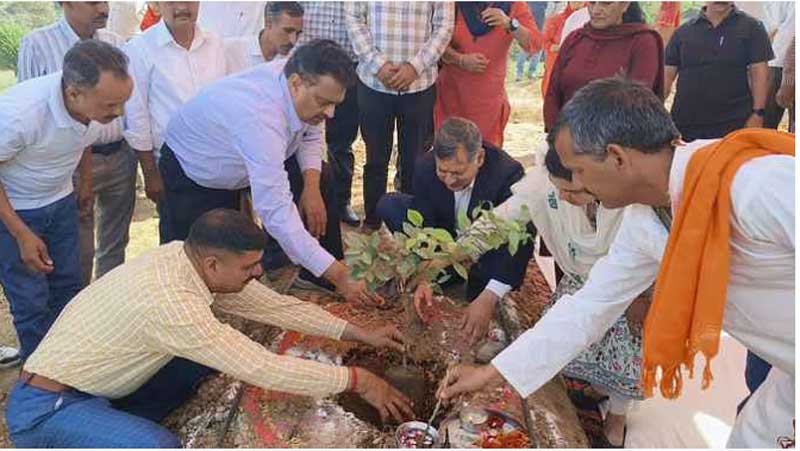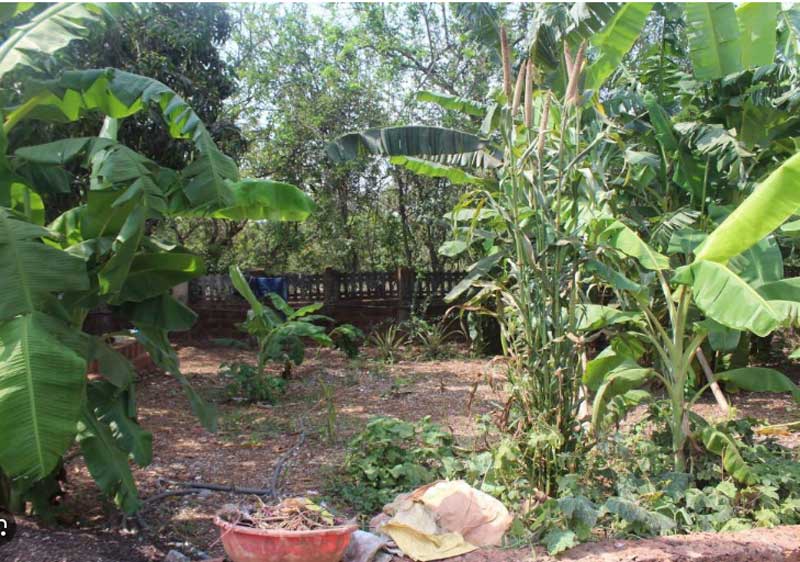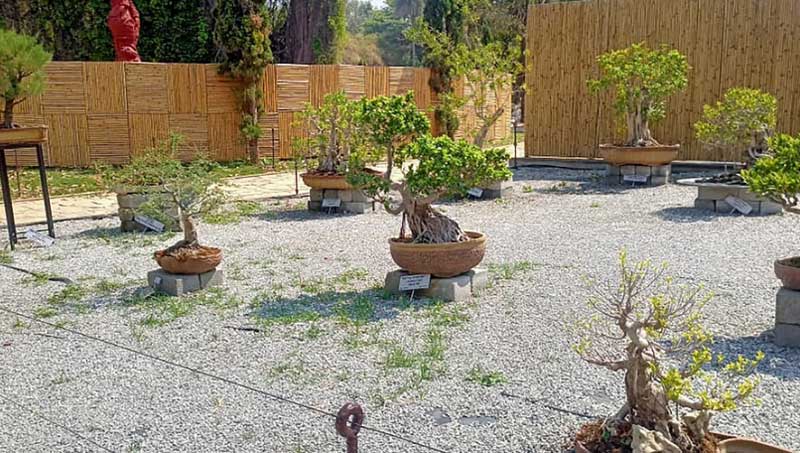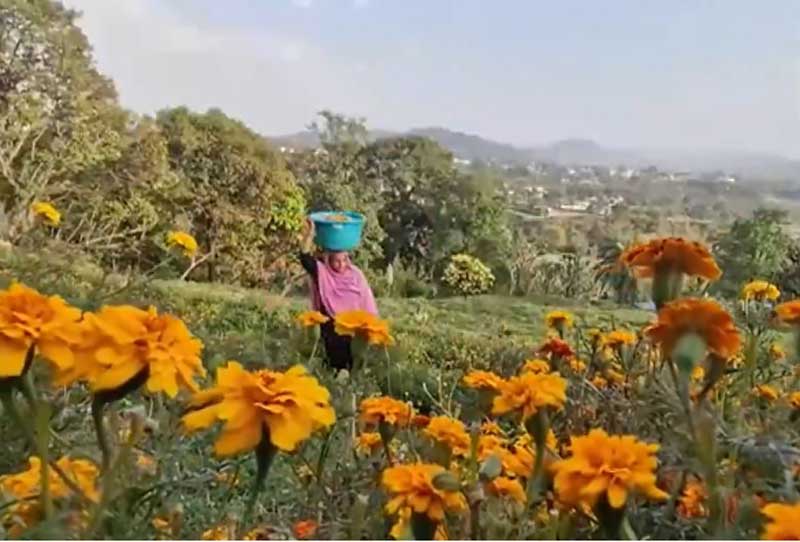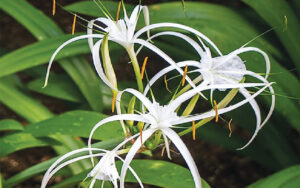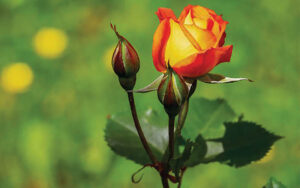Snapdragon
K. S. Solanki
Dept. of Flori. and Landscape Architecture, College of Horti. Junagadh Agri. University, Gujarat
Mallika Sindha and
Dept. of Floriculture and Landscape Architecture, ASPEE College of Horticulture and Forestry, Navsari Agricultural University, Gujarat
Chandana Shivaswamy
Division of Floriculture and Landscape Architecture, ICAR-Indian Agricultural Research Institute, PUSA, New Delhi.
Scientific name is Antirrhinum majus. Its common name is dragon flowers or snapdragon. It belongs to family plantaginaceae. It is originated from rocky areas of Europe, the United States, and North Africa and it has chromosome No. 2n = 16. The name “Snapdragon” comes from the appearance of its flowers, which resemble the jaws and snout of a dragon. The word “Antirrhinum” is derived from Greek, where anti means “like” and rrhinum means “snout”. Furthermore, its head will open when the flower is squeezed and snap shut when released, which looks like a dragon jaw opening, then snapping shut. It is also known as dog flower. It is widely used as an ornamental plant in borders and as a cut flower. It is perennial but usually cultivated as an annual plant. The dense spikes bear tubular or butterfly-shaped blooms in an array of colors. Flower spikes can be used as a cut flower, alone or in mixed bouquets.

Importance and uses
Antirrhinum majus was used traditionally as a diuretic, for treatment of scurvy, liver disorders and tumors. The leaves and flowers were used as antiphlogistic, resolvent, stimulant and as poultices on tumors and ulcers. The recent studies showed that Antirrhinum majus possessed antimicrobial, insecticidal, cytotoxic, antioxidant, central and peripheral nervous system effects, and many other biological activities.
Types of snapdragon
Traditional: The most familiar, single-petaled type. Most notable for mimicking the appearance of a dragon’s mouth.
Azalea: These blooms have double petals, which provide a unique, voluminous appearance.
Open Face: Another single-petaled type, but instead of the closed bloom shape of the traditional type the petals are in an open array.
Varieties
Admiral, Allure, Animation, Apollo, Peloric, Appeal, Attraction, Bali, Calima, Chantilly, Peloric, Charming, Connexion, Cool, Costa, Early Potomac.

Propagation
The small seeds are sown into plug trays and germinated at 4°C for two weeks before moving to 22°C and high humidity. Snapdragons can be propagated through cuttings. To propagate, first find a leaf node in the middle of a healthy stem and cut it 20–50 mm immediately below the leaf node. Remove the leaves from the bottom two-thirds of the shoot. Dip the cut end in a solution containing 1 % Indole-3 butyric acid, 0.5 % 1-naphthaleneacetic acid. Next, insert cuttings into rooting substrate or soil and maintain them at high humidity (100 %). After approximately 2–3 weeks, rooted cuttings can be transplanted.
Cultural operations
Spacing of 23 to 30 cm within rows with three rows along a 90 cm-wide bed. It requires 13 to 24°C and 7 to 14°C, day and night temperatures, respectively. The soil should be well drained and well aerated and advice is to grow the crop on the dry side. The level of nitrogen increases with the rising temperatures. Under glass, a complete liquid feed (150 to 200 ppm nitrogen and potassium) should be applied at each irrigation (double the concentration if feeding once a week) until the buds start to swell. When grown under glass, plants require two layers of support, the lower one being at a height of 30 cm. Plants may or may not be pinched.
Pest and diseases
Aphids, caterpillars and two-spotted spider mites are the main pests. Downy mildew, grey mould (Botrytis) and rust can be troublesome, so avoid overhead watering and high humidity levels. Debris removal is important for grey mould control, while rust can be reduced using rust-resistant cultivars and lower planting densities.
Harvesting specifications and packing
The picking stage is when 30 % of the bottom florets are open and the top buds are showing colour or when five to seven florets are open. For longer storage, or when using a preservative solution, stems can be picked with as few as two or three florets showing colour.
Post harvest care
Stems should be kept in warm (21-25°C) water with added preservative and kept at 7 to 10°C overnight immediately after picking. Antirrhinum flowers are sensitive to ethylene, so an ‘anti-ethylene’ pre-treatment solution may be helpful, while the use of a preservative containing sugar plus biocide has been reported to increase vase-life from eight to 21 days. Fresh stems can be stored for five to eight days in plain water (longer using a preservative).

